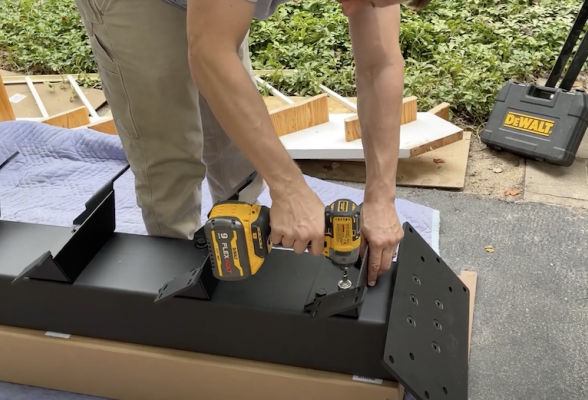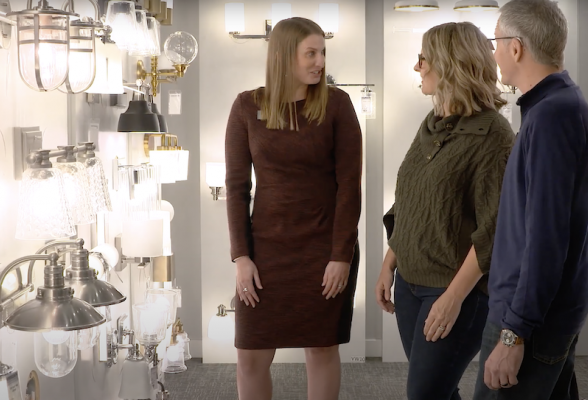5 Fast Facts About Using PVC Trim
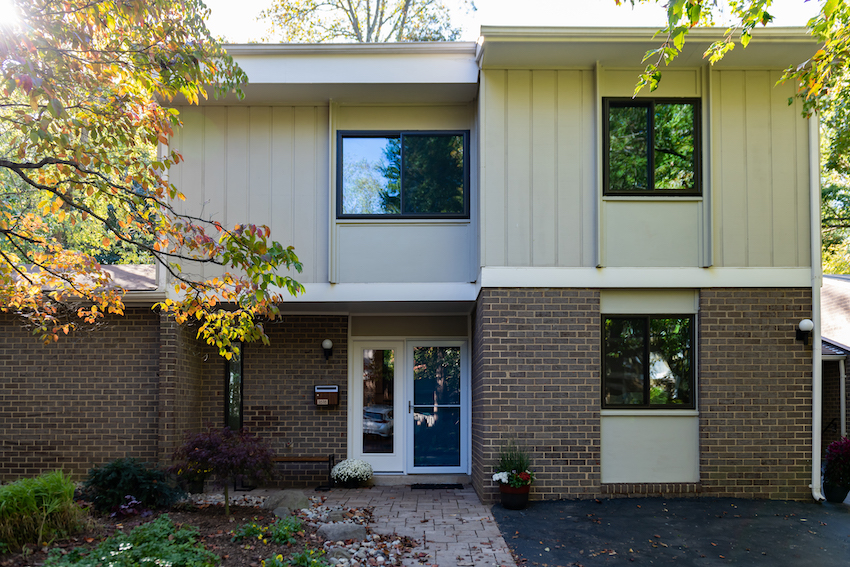
There were two main considerations the 2021 Model ReModel remodelers had when renovating the exterior of their 1969-built home: HOA guidelines and supreme durability.
Both considerations were addressed through the help of cellular PVC trim and cornerboards from Versatex. The remodelers and homeowners, Mark and Mina Fies of Synergy Design & Construction, chose PVC products for their resilience and look.
The duo used PVC trim in the past for several projects, from both repairs to new exterior work. Along the way, they have learned a thing or two about working with the wood-alternative.
Here are five things to know about using PVC trim:
1. It’s Lightweight
Synergy needed to replace the trim on the second-floor windows, meaning its team needed to carry materials up a ladder. PVC made that task easy because Versatex trim weighs less than traditional wood trim products.
2. No Need for Special Tools or Equipment
Whether it’s during the installation process or before, Mark says Versatex trim board and corners are easy to work with. The products cut just as wood would, requiring no special tools or equipment, and its construction allows it to be virtually maintenance-free with no sealing required. This makes your crew's transition from working with wood products effortless.
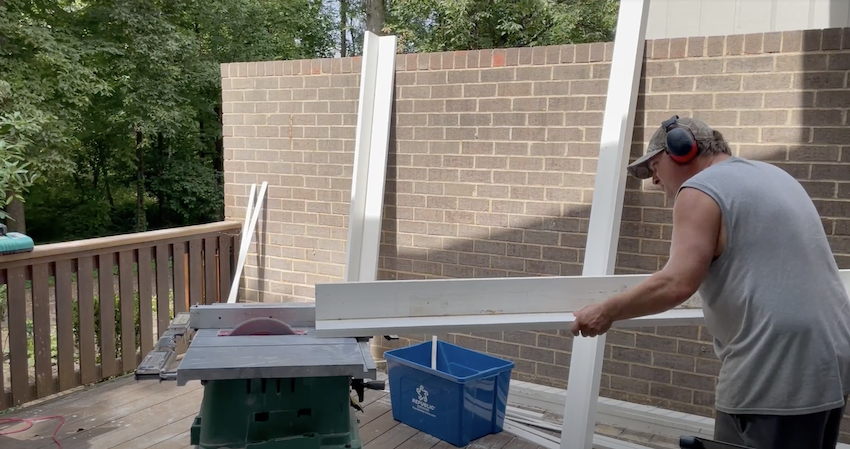
Even the fasteners, caulk, and paint were all similar to using wood, says Mark. He opted to use Versatex’s Weld-On adhesive when installing the trim boards. The company guidelines say any stainless steel or hot-dipped galvanized steel fasteners designed for wood trim and siding can be used for PVC installation. The same goes for cutting tools: any tools created to cut wood (or plastic) are best to use on Versatex PVC products.
3. Benefits Come With a Higher Price Point
While the upfront costs of PVC trim are higher than natural wood, the longer-term benefits can easily outweigh the additional initial costs.
Even when the best preventative measures are put in place, wood will still run up against natural challenges that PVC was created to avoid. Such examples include mold, insects, and effects from general weather conditions and time. Of the popular wood trim alternatives, cellular PVC often costs the most, but it’s also the most moisture-resistant.
PVC trim will most often cost two to three times the price of wood, ranging from $1.40 to $1.75 per linear foot.
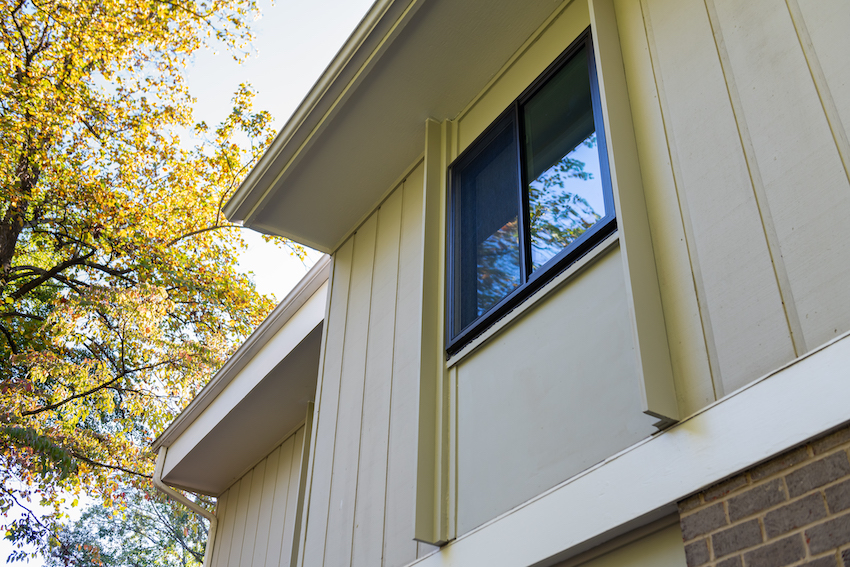
4. Prevent PVC Dust
PVC can create dust just as wood creates sawdust, though its material results in a different type of debris. Mark advises using Static Guard on tools and your own body to prevent PVC dust from sticking and clumping when either drilling or sawing. Static Guard can be purchased for roughly $4 from a local pharmacy or general store.
Versatex advises remodelers to use an optimum dust extraction and collection system, or PVC dust and chips can build up around tooling inserts and substrate, generating too much heat. Overheating will result in softening or tearing of the PVC core.
5. Maintenance Free Means Fewer Limitations
Remodelers can freely use PVC products on their jobsites without much change in usual processes, but PVC products also allow for greater installation methods.
The extreme moisture resistance of Versatex’s PVC products allows it to be used at or below grade and in high moisture areas such as coastal zones. It will not expand or contract, warp, or rot due to moisture in these settings.
